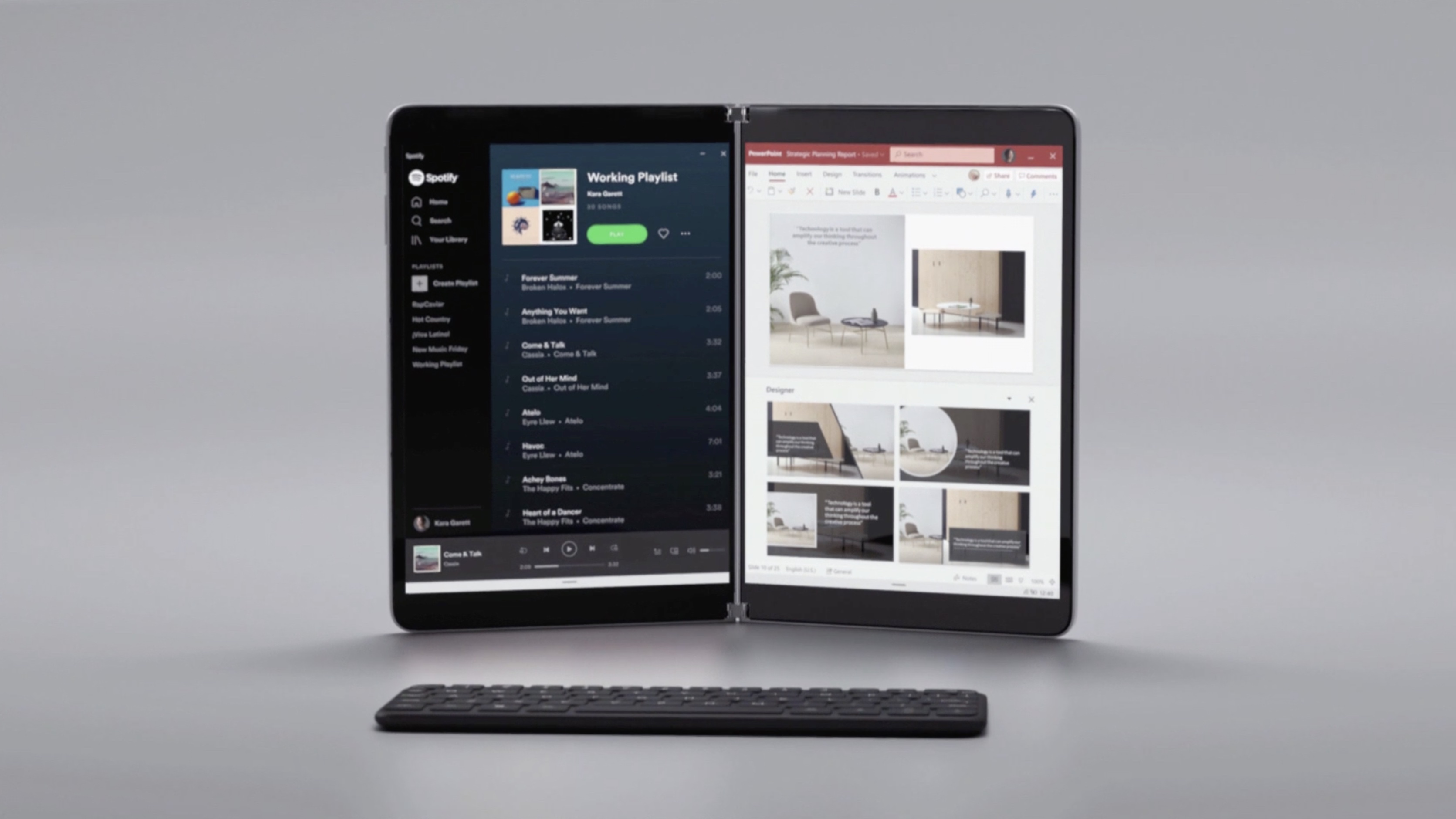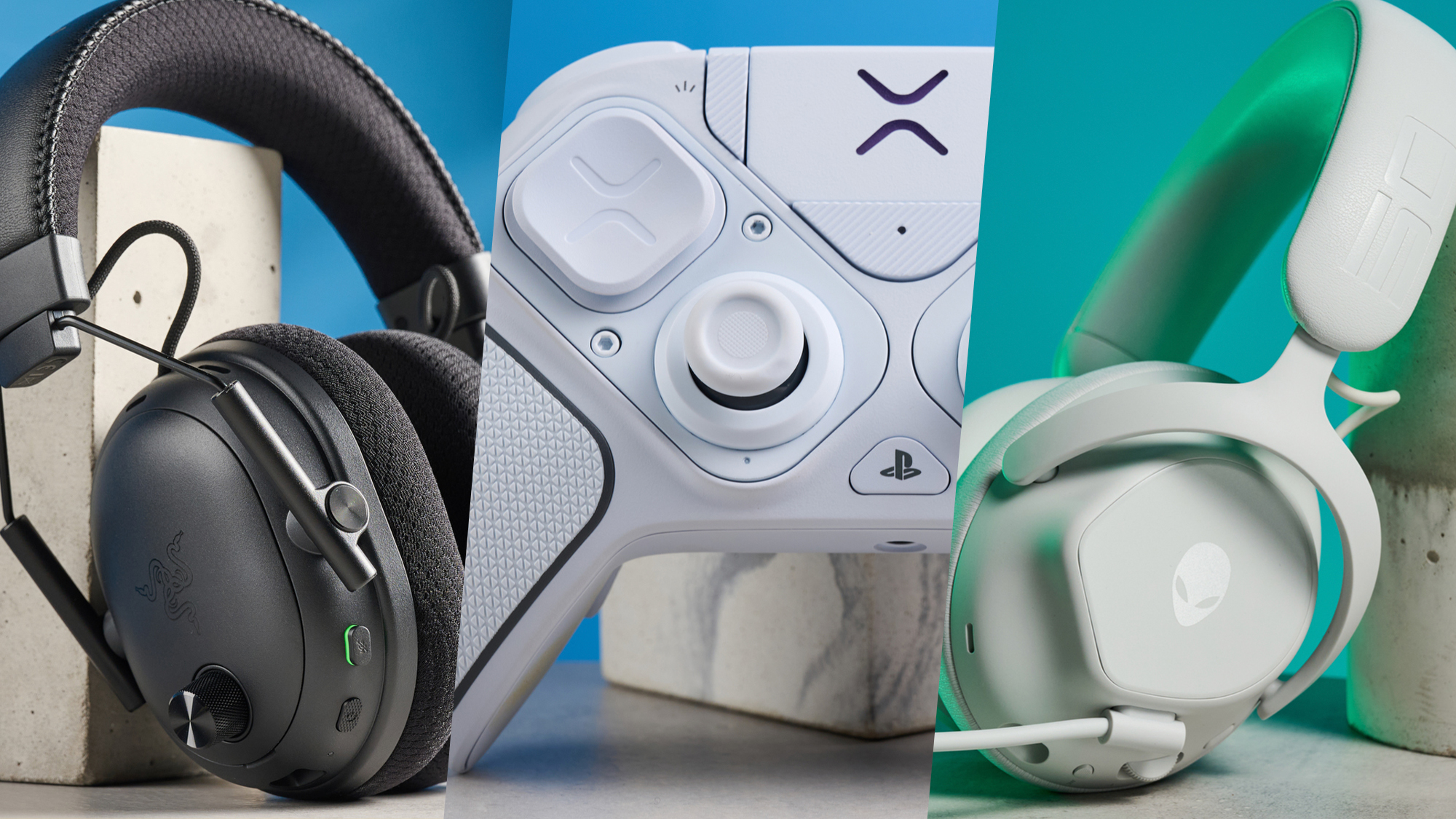Windows 10X will deliver updates in less than 90 seconds
Here's how Windows 10X will speed things up

Microsoft claims that its incoming Windows 10X operating system will always update in less than 90 seconds — download and reboot included. Like, what?
That would incredibly fast for any operating system from macOS to iOS to Android, but it’s even more so for Windows, which takes anything from a few minutes to about three decades to download and install any given upgrade package (which, lately, will probably fail epically and screw up your PC).
Windows 10X will be the new version of the Windows operating system designed to run on devices with multiple screens. Its user interface has been revamped to take into consideration the available display space, adding features like the new Wonderbar — an interactive space that sits on top of your keyboard and makes it easier to multitask and control your apps.
New Windows 10X tricks
According to Microsoft, the blindingly fast update speeds come from a new software architecture that separates the OS into different containers along with the applications. These containers — which are basically virtual machines — allow the OS to download and install patches in the background without affecting the user experience, with the changes only taking affect after a reboot.
As our sister site Techradar reports, the overall container architecture will not only result in fast updates but also a tighter security. With the OS being totally independent from these application boxes, no malicious or poor coding will be able to affect the main operating system.
The virtual machine-like emulation boxes will also allow apps designed to run on Windows 10 to run on Windows 10X without problems after just a bit of tinkering. In theory, this will allow developers to quickly release updates to their software programs to run on dual-screen devices. The containers, Microsoft says, can run good old Win32 programs, MSIX software — a package format that envelopes existing apps — and the new native program type, called UWP or Universal Windows Platform — a type of software specifically designed to have fluid interface that could adapt to any size or number of displays, among other features.
The latter will, in theory, bring the Holy Grail of “develop once, deploy many” that so many other companies have tried and failed in the past. Apple is also trying to do the same with iOS and macOS, trying to make both worlds amalgamate in a single package via its Catalyst project. However, it appears that Microsoft has a clearer path ahead and would offer more flexibility in terms of especial form factors like the Neo.
Get instant access to breaking news, the hottest reviews, great deals and helpful tips.
We can’t really wait to see all this new tech in action sometime in 2020. By the sound of it, it really feels like the future.
Jesus Diaz founded the new Sploid for Gawker Media after seven years working at Gizmodo, where he helmed the lost-in-a-bar iPhone 4 story and wrote old angry man rants, among other things. He's a creative director, screenwriter, and producer at The Magic Sauce, and currently writes for Fast Company and Tom's Guide.

